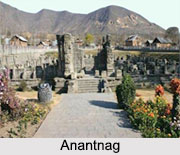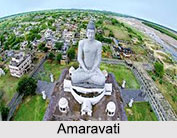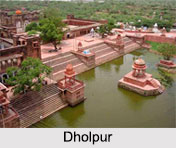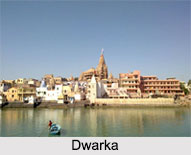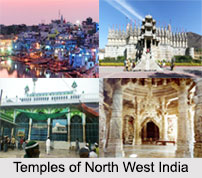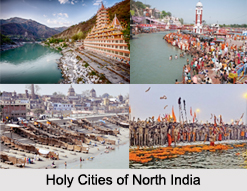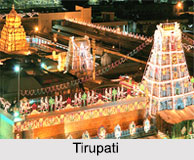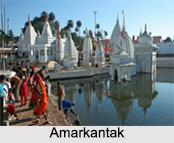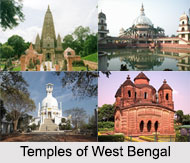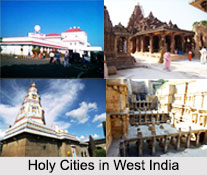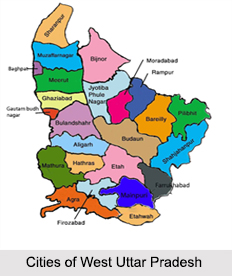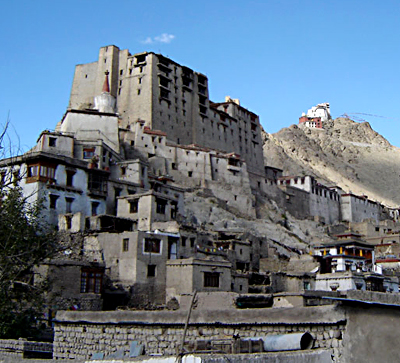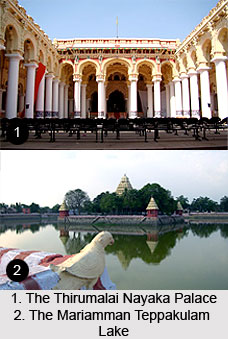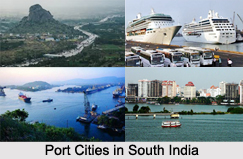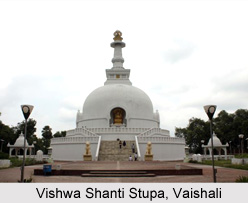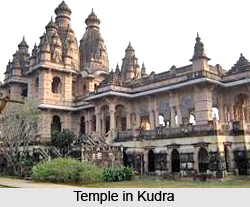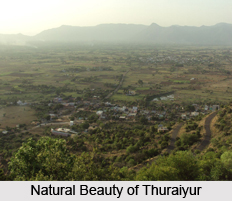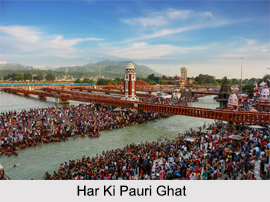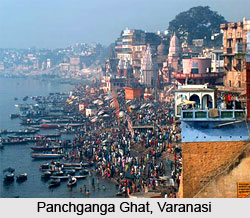 Panchganga Ghat located at Varanasi is a famous pilgrimage centre. Panchganga Ghat is basically a convergence of rivers of Ganga, Saraswati, Dhupapapa, Yamuna and Kirna and is a major Hindu religious attraction. The Panchganga Ghat is regarded as one of the five chief places of pilgrimage on the banks of the Ganges. This is also the place where Alamgir Mosque was built by Mughal ruler Aurangzeb. This mosque is known as Beni Madhav-ka-Darera. The minarets of the mosque have now been much shortened. The mosque now stands on the ruins of the Bindu Madhava, a temple dedicated to Lord Vishnu that extended from Panchganga to Rama Ghat. It was destroyed by Aurangzeb and replaced with the mosque. It is considered that the great teacher Vaidant Ramanand, the Guru of great saint Kabir, taught his disciples at this place. Poet Tulsidas composed Vinay Patrikahere by staying at this place. This Ghat has eight water front locations in order to perform religious rituals.
Panchganga Ghat located at Varanasi is a famous pilgrimage centre. Panchganga Ghat is basically a convergence of rivers of Ganga, Saraswati, Dhupapapa, Yamuna and Kirna and is a major Hindu religious attraction. The Panchganga Ghat is regarded as one of the five chief places of pilgrimage on the banks of the Ganges. This is also the place where Alamgir Mosque was built by Mughal ruler Aurangzeb. This mosque is known as Beni Madhav-ka-Darera. The minarets of the mosque have now been much shortened. The mosque now stands on the ruins of the Bindu Madhava, a temple dedicated to Lord Vishnu that extended from Panchganga to Rama Ghat. It was destroyed by Aurangzeb and replaced with the mosque. It is considered that the great teacher Vaidant Ramanand, the Guru of great saint Kabir, taught his disciples at this place. Poet Tulsidas composed Vinay Patrikahere by staying at this place. This Ghat has eight water front locations in order to perform religious rituals.
Only one of these streams, namely, the Ganges, is visible; but the remaining four are thought to be somewhere under ground. The ghat is broad and deep, and especially strong. The stairs and turrets are all made of stone. The turrets are low and hollow. Mant temples and small shrines have been built here. These temples have idols of several deities installed in them. These are mostly idols of Lord Shiva. Devotees have to descend several steps to discover these temples and the idols. The platform above the ghat is below the steep bank of the river. A narrow yet strong road runs through this platform. From the platform a number of stairs make their way up the bank, thus uniting the ghat with this section of the city. However, all the other ghats of the sacred city are well connected together by a road. These roads are in some places well paved. During the and hot weather these remains covered with canopies under which the people walk. Panchganga Ghat is visited by many pilgrims from different places who come here to take a dip in the holy waters of the ghat. It is believed that by bathing in the sacred waters one would get rod of their sins.
Panchganga is also an indication of good Hindu-Muslim relations as it was the site of the initiation of the medieval saint of the Sufi Sant tradition, Kabir. There lies a three sided cell along the river front that is submerged during the rainy season. One of them is a shrine to the five rivers which have their confluence here.
